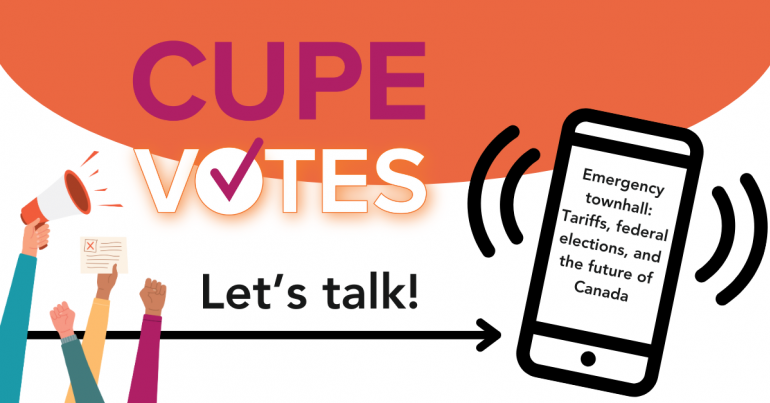 Canadians count on public services to be accountable, accessible and affordable. The Liberals have encouraged privatization – the private, for-profit takeover of public services and public infrastructure – which undermines public services and wastes public funds. There’s no room for profit in the public services we all rely on.
Canadians count on public services to be accountable, accessible and affordable. The Liberals have encouraged privatization – the private, for-profit takeover of public services and public infrastructure – which undermines public services and wastes public funds. There’s no room for profit in the public services we all rely on.
Why it matters
- The Liberals introduced privatization models like the Canada Infrastructure Bank (CIB) and social impact bonds (SIBs) to fund public services. These models lead to less public control and accountability and result in lower quality services.
- The federal government is pushing new ways to privatize public services like SIBs and blended public-private financing, while also continuing to use public-private partnerships (P3s), despite the Auditor General finding major problems with a recent federal P3 project. Canadiansare funding profits rather than seeing public funds reinvested back into their communities.
- The Liberals have pushed a significant amount of infrastructure funding until after the upcoming election, leaving municipalities underfunded and pressured to privatize.
How the current policy is falling short
- The Liberals promised to deliver low-cost lending for municipalities, but the CIB does the opposite, by offering high-interest private financing that could cause project costs to skyrocket. The CIB supports privately financed infrastructure projects like roads, water facilities and transit, that can generate revenue through user fees and tolls. The CIB’s goal is to finance up to 80 per cent of projects through private investors that would design, own, operate and profit from these projects.
- The federal government’s 2018 fall economic update announced $755 million in seed funding for “social financing” which outsource the financing, planning and evaluation of social programs to third parties while providing profits to private investors.
- The government is still pursuing major P3 projects, such as a federal heating/cooling plant P3 in Ottawa.
What should be done
- The federal government should provide long-term, sustainable funding to public and not-for-profit agencies, instead of allocating public funds to SIBs.
- The CIB should be converted into a truly public infrastructure bank that uses only lower-cost public financing. Federal funding for more costly and time-consuming public private partnerships (P3s) should be converted into funding for publicly financed and operated infrastructure.
- Public services should remain public assets and be funded appropriately. The federal government should provide public funding and low-cost loans to municipalities and First Nation communities for public, community-owned and operated infrastructure projects.



